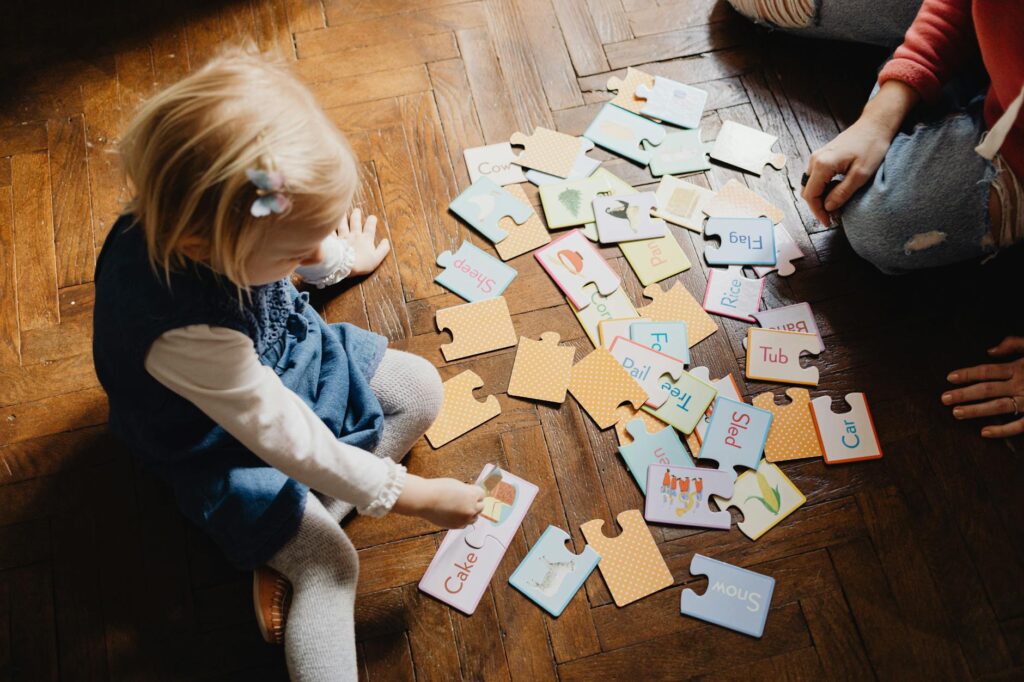In medical school, students learn early on that symptoms—especially ones as common as rashes—can have a wide range of causes. One essential skill for clinicians is building differential diagnoses: lists of possible explanations for a patient’s symptoms. Doctors are trained to think broadly, using memory aids like the VITAMIN CDE and VASCULITIS mnemonics to ensure they consider a comprehensive range of causes. But what if we began fostering that same kind of diagnostic thinking in childhood?
That’s the aim of the A-to-Z Medical Literacy series, which includes thoughtfully designed children’s books such as Childhood Rashes and Rare Allergies. These books introduce Kindergarten-aged children to the foundational logic of differential diagnoses by encouraging curiosity, awareness, and critical thinking about health—especially conditions that often go misunderstood or oversimplified, like rashes and allergies.
Childhood Rashes presents a delightful yet medically-informed journey through the many potential causes of rashes in children. Each page shows a different possible etiology. Readers are guided to understand that a single symptom—like a rash—can have many potential underlying causes, reinforcing the idea of differential diagnoses in accessible language.
Likewise, Rare Allergies invites children to consider that allergic reactions can come from surprising sources. Each lettered page introduces a different allergen, from common culprits like peanuts to methylisothiazolinone (a preservative in soaps and wipes). By showing that allergies are not always obvious or visible, the book fosters empathy for children with lesser-known allergic conditions and builds awareness that not all reactions have the same trigger.
Learning to Think Like a Doctor (Even in Kindergarten)
While these books are age-appropriate and engaging, they are conceptually modeled on the thought processes medical professionals use every day. Mnemonics like VITAMIN CDE (for Vascular, Infectious, Traumatic, Autoimmune, Metabolic, Idiopathic/Iatrogenic, Neoplastic, Congenital, Degenerative, Endocrine/Environmental) or VASCULITIS (a similar acronym used to explore causes of systemic inflammation) help doctors avoid premature conclusions and remember to think broadly.
Just as mnemonics scaffold clinical decision-making, the A-to-Z format helps children grasp the idea that one symptom or problem can have multiple explanations or differential diagnoses.
This early exposure helps children understand that medical issues are not always simple or one-size-fits-all. Rather than teaching children to associate a rash with just “germs” or “something you touched,” these books nurture nuanced thinking. This can be particularly empowering for children who are navigating chronic health conditions or undergoing frequent evaluations for symptoms like rashes or allergic reactions.
Fostering Curiosity and Empathy Through Medical Literacy
There is growing recognition that medical literacy should begin earlier in life—not as a precursor to becoming a doctor, but as a tool for self-advocacy, health communication, and empathy. Books like Childhood Rashes and Rare Allergies show children that symptoms deserve thoughtful attention and that understanding your body means learning to ask good questions.
Moreover, these books provide an inclusive way to discuss less-visible or less-common conditions. For example, children with a methylisothiazolinone allergy, featured in The Green Soap Girl (Book 1 or Book 2) may see themselves reflected in these stories for the first time. Their classmates may come to appreciate how different the causes of a rash or allergic reaction can be, reducing stigma and misunderstanding.
Conclusion: Small Readers, Big Thinkers
The A-to-Z Medical Literacy books may help shape a generation of thoughtful, curious, and empathetic learners. By introducing differential diagnosis concepts through age-appropriate activity books, Childhood Rashes and Rare Allergies plant the seeds for lifelong skills in problem-solving and health awareness.
In a world where rashes and allergies are on the rise—and often misunderstood—these books show that even Kindergarteners can begin to think like diagnosticians. And that’s a differential we should all get behind.
===
Interested in teaching medical literacy pain free? Shop medical literacy resources!

This article was drafted by ChatGPT and edited by Joan Lee Tu, the founder of MedULingo.com.
You may also be interested in the following:
The Green Soap Girl and the Itchy Allergy
The Green Soap Girl Goes to the Beach
A to Z Medical Literacy: Childhood Rashes
A to Z Medical Literacy: Rare Allergies
A to Z Medical Literacy: Book of Findable Anatomy
A to Z Medical Literacy: Book of Surgery Words
A to Z Medical Literacy: Book of Histology Lessons
A to Z Medical Literacy: Book of Medical History
Clinical Reasoning in Grade Three with A-to-Z Medical History and Histology Lessons
The Benefits of Developing Medical Literacy About Dermatitis from Kindergarten
Cultivating Allergy Awareness from Kindergarten with Medical Literacy
Safe Science: Guidelines for Handling Chemicals in Kids’ Science Activities
Safeguarding STEM Learning: Best Practices for Sanitizing LEGO in Education Programs
The Great Debate: Soap vs. Sanitizer in STEM Education Programs
Why We Need More Children’s Storybooks About Chemical Allergies
How to Accommodate People with Chemical Allergies
Preventing Contact Allergies in Kids: A Guide for Parents – FREE DOWNLOAD
Consumer Literacy Scavenger Hunts – FREE DOWNLOAD

